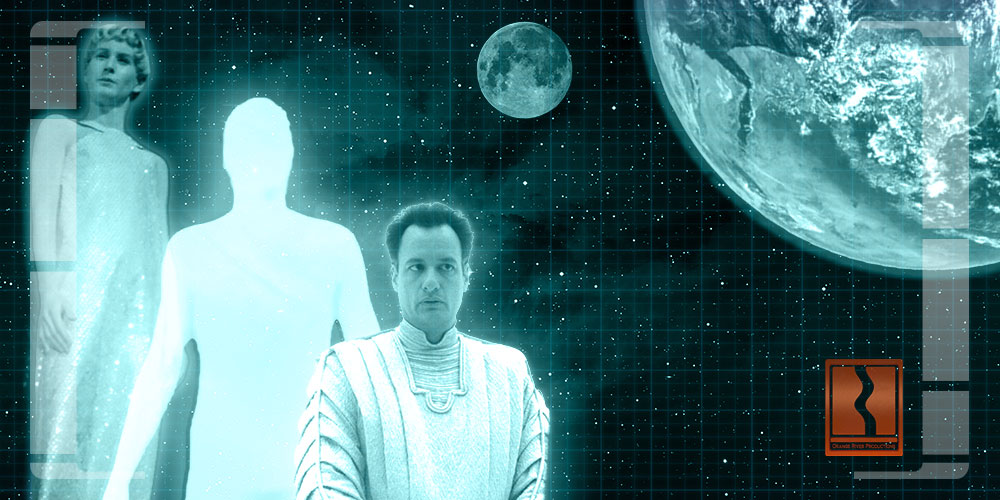Hey guys, Tyler here. Ever since Star Trek: The Original Series premiered in 1966, the franchise has frequently depicted bits of intelligence beyond the familiar corporeal form, that is, beyond having physical bodies. “Noncorporeal” beings, as they are called, may have possessed a physical form at one time or another but have since moved beyond it, often intersecting our reality through merely a glimmer of energy.
Some of these beings possess godlike abilities and can change their appearance on a whim, though many have more basic physiologies based on some form of coherent gas.
Noncorporeals are a topic that I’ve been trying to tackle on this channel for literally over two years. “Noncorporeal” is itself sort of a loose term that describes a wide range of beings.
Recently, however, I figured out how exactly I want to approach this topic. Today, I’ll highlight a few of the major noncorporeal species in Star Trek and discuss the implications their existence has on galactic history. I’ll also examine how feasible these beings’ post-physical forms are given what we know today about biology and physics. Without further ado, let’s get started.
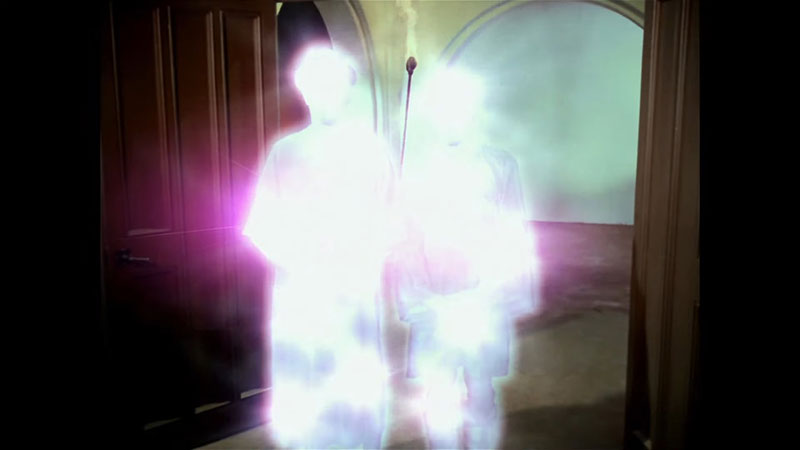
Advanced Noncorporeal Species
One of the most well-known noncorporeal species in Star Trek is the Organians. Despite only appearing in two episodes of the entire franchise, the Organians have had a significant impact on interstellar affairs. First appearing in The Original Series episode “Errand of Mercy,” the Organians broker a peace treaty between the Federation and the Klingon Empire to end hostilities that have flared up in the 2260s.
They at first appear as primitive humanoid species but shed this façade by the end of the episode, revealing that they evolved beyond physical bodies 22 million years ago. This makes the Organians possibly one of the oldest extant intelligent species in the galaxy, possibly second only to the Q and/or the Voth.
The Organians are described as “beings of pure thought.” They may be immortal or at the very least have incredibly long lifespans, with the last death of an Organian occurring several millennia ago.
They have the ability to possess the bodies of humanoids as well as resurrect the dead, as seen in the Enterprise episode “Observer Effect.” They can also alter memories. As an observer race, the Organians may indeed be part of a broader galactic community that has ascended beyond the corporeal plane.
Although they appear to be less powerful than the Q in that they are never shown travelling through time, they can generate objects like buildings for the benefit and convenience of foreign visitors, and they can alter the energy state of a system, such as disabling the weapons of Starfleet and Klingon vessels.
As beings that are far more advanced than we are, it’s not surprising that they’re capable of manipulating matter at very tiny scales with their minds alone. This advanced combination of telepathy—mind reading—and telekinesis—moving objects with one’s mind—is a superpower that relies on fundamental physics that we have never observed in real life.
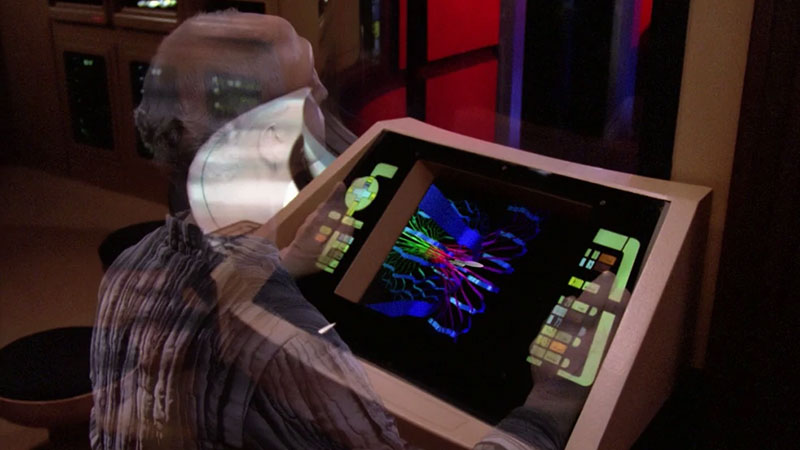
You might be saying, “well duh,” but what I mean is this. Physicist Sean Carroll has written that telekinesis would need to rely on some form of one of the four fundamental forces: electromagnetism, gravity, or the strong or weak nuclear forces—or else, a fifth force that hasn’t been discovered…yet.
Such a fifth force would have to be a billion times weaker than gravity lest it is captured by instruments in lab experiments measuring the other forces, which has never happened. Experiments purporting to “prove” telekinesis have always relied on faulty methods and are filled with bias. Thus, because of this and the fact that no fifth force has ever been measured, telekinesis is largely dismissed as pseudoscience.
In the Star Trek universe, however, such powers could rely on manipulation of the very fabric of spacetime using those “weird physics” I alluded to earlier. The Next Generation episode “Where No One Has Gone Before” suggests that mind and matter could interact more closely when species achieve a certain level of development, allowing them to access alternate dimensions beyond the normal ones.
This gets into some string theory debates that I touch on in my Mirror Universe science video, which I encourage you to check out if you haven’t already. Link in the description. But speaking of development, the “shedding” of different physical attributes over a species’ evolution seems to be a major aspect of their ascendancy to non-corporeality.
For many species, it’s not an all-at-once occurrence but a gradual process just like natural selection.
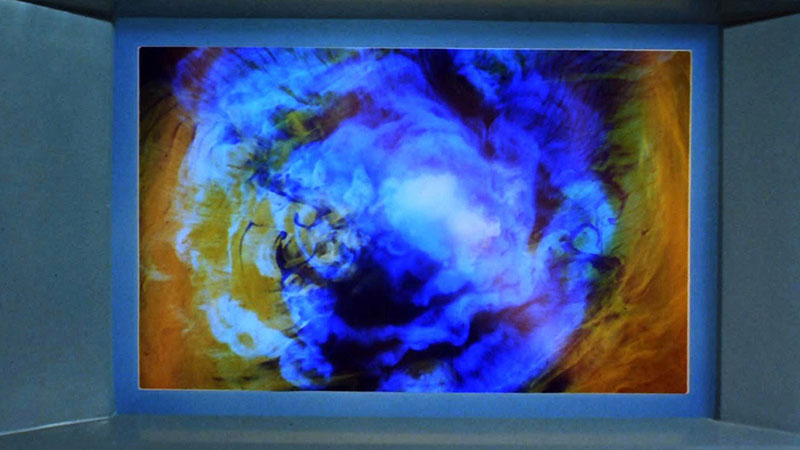
Less Advanced Noncorporeal Species
Specifically, some of the less advanced noncorporeal life forms still require sustenance and often derive it through predatory means. Major examples of this include the Redjac entity as seen in “Wolf in the Fold,” who is suspected to be responsible for murders attributed to Jack the Ripper and the Beta XII-A Entity which is witnessed to encourage conflict between Starfleet and the Klingons as seen in “Day of the Dove.”
Both of these entities, as well as Gorgan from “And The Children Shall Lead,” Onaya from “The Muse,” and the matrix beings from “Coda,” feed off the psionic (or emotional) energy of other beings, which is not too out-there given that the elicitation of fear in mammals can release pheromones, hence why fear is often contagious. Pennywise anyone? Speaking of horror villains, the so-called dikironium cloud creature of Tycho IV extracts corpuscles of iron-based blood to feed on. So, there’s your vampire.
Hey…I made a video about space vampires from another franchise…
All of this is to say, there are definitely “steps” that a species takes between being corporeal and becoming fully noncorporeal. Feeding on energy may be an intermediary step, or at least a behaviour associated with somewhat more animalistic noncorporeal beings that do not share the same godlike intellect as, say, the Organians, the Metrons, the Q, or the Douwd.

Indeed, the Prophets are rather unique in that they seem to be on the same level as the Organians and Metrons, but they still require psionic energy from the Bajorans in the form of prayers—perhaps for stimulus or supplemental nourishment.
But in any case, I haven’t answered how beings would exactly transition out of their physical bodies, nor have I discussed the logical conclusions that such an evolutionary process would lead to other than the vague descriptor of “godhood.” Suffice it to say, I think it largely has to do with technology.
Most of the non-corporeal beings in Star Trek have not only evolved beyond the need for physical bodies but have also evolved beyond the need for machines. This makes sense as a being that can manipulate fundamental forces of nature would view the types of machines, we’re familiar with as extremely primitive.
But many cosmologists believe that the most advanced alien civilizations would be cybernetic in nature—likely more advanced than, for example, the Providers of Triskelion or even the Borg, who both still must rely on organic components to function. No, these aliens would be more like V’Ger—living computers that have accumulated generations of knowledge.
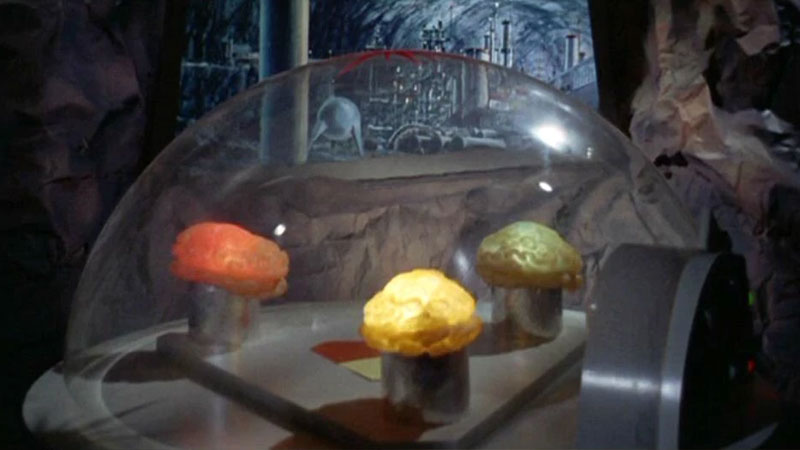
New Physics
But what does this have to do with noncorporeal? Well, in Star Trek, it’s possible that the most likely evolutionary path for an intelligent civilization is not merging with A.I. but rather evolving beyond the physical limitations of space.
But while not every noncorporeal species necessarily inhabit their own alternate “dimension” like the Q Continuum, all of them have at least figured out a way to separate their consciousness from their bodies and still retain their ability to manipulate matter.
This… violates the laws of physics, particularly laws regarding entropy and the quantity of force applied to an object. Hence why, just like telekinesis, ghosts have never been observed in lab experiments using even the most sensitive equipment.
But I think many of these noncorporeal aliens have used the sum of their knowledge and experience with building increasingly sophisticated machines to bridge the gap between the material and the mystical.

This is certainly the case with the Chozo species in the Metroid universe, and in Trek, species like the Organians, the Metrons, the Thracians, the Q, and others likely figured out what consciousness is made of, physically, and how to separate it from the body using “new physics.”
This is one area where I think Star Trek fundamentally diverges from the real world. We still don’t know what consciousness truly is, of course, but our best efforts to “measure the weight of the soul” have yielded…nothing. In Star Trek, the soul—the katra—is a distinct thing separate from the brain, a fact many scientists believe may not be true in real life.
The katra is a person’s life force, and it can be potentially transferred from one vessel to another. Noncorporeal species have evidently figured out how to let a soul travel vessel-less, or even figured out how to transcend naturally from matter to pure energy as is the case with Kes and the Zalkonians.
The next step after that, as evidenced with more powerful beings like the Q, is to extend the abilities of said consciousness to manipulate the laws of nature.
Matter-energy recombination, or shapeshifting, is one thing—even corporeal beings like the Founders, Chameloids, and Allasomorphs can do it—but the physically altering reality is another. That may be the true legacy of a sufficiently advanced species in the Star Trek universe—the achievement of enough near-omnipotence to create and destroy spacetime at will.
And if Q is to be believed, humans are perhaps on this path too.
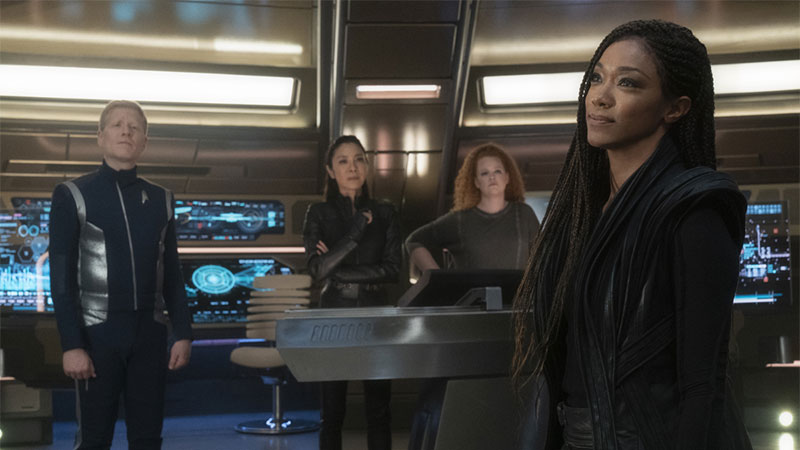
Humans The Next Q
Humans’ prospect of becoming like the Q is an entire topic I explore in my video about the Q themselves.
And while the Organians honestly deserve a whole video of their own too, I hope I did both species enough justice in this overview video about noncorporeal species.
Other beings deserving of at least a mention, of course, including the infamous, pesky Trelane in “The Squire of Gothos,” the inhabitants of the dimension-shifting planet Meridian in, well, “Meridian,” the body-snatching Zetarians in “The Lights of Zetar,” the deceitful Wisps in “The Crossing,” the parasitic Komar in “Cathexis,” the harmonious Pahvans in “Si Vis Pacem, Para Bellum,” the cuddly Companion in “Metamorphosis,” and, of course, GOD…who fancies starships.
Evidently… there are numerous other species. Oh, and who could forget Ronin, the anaphasic lifeform who coerced Beverly Crusher into having intercourse with him? I also have a video about that, for better or worse…
If you want to support my work even further, becoming a patron at patreon.com/orangeriver is a great way to do so.
Watch The Latest Video By Orange River Media Below
Thank you all so much for watching. I’m really interested to hear your thoughts in the comments.
If you enjoyed this video, be sure to leave a thumbs up down below and don’t forget to share it. That stuff really helps me out. If you haven’t subscribed, be sure to do that as well and click the bell icon to receive all notifications.
I’ll see you next time…live long and prosper.
You can find Orange River Media at the links below
- YouTube: https://www.youtube.com/orangeriver
- Twitter: https://www.twitter.com/orangerivernw
- Instagram: https://www.instagram.com/orangeriver.nw
- Facebook: https://www.facebook.com/orangerivernw
- Patreon: https://www.patreon.com/orangeriver

